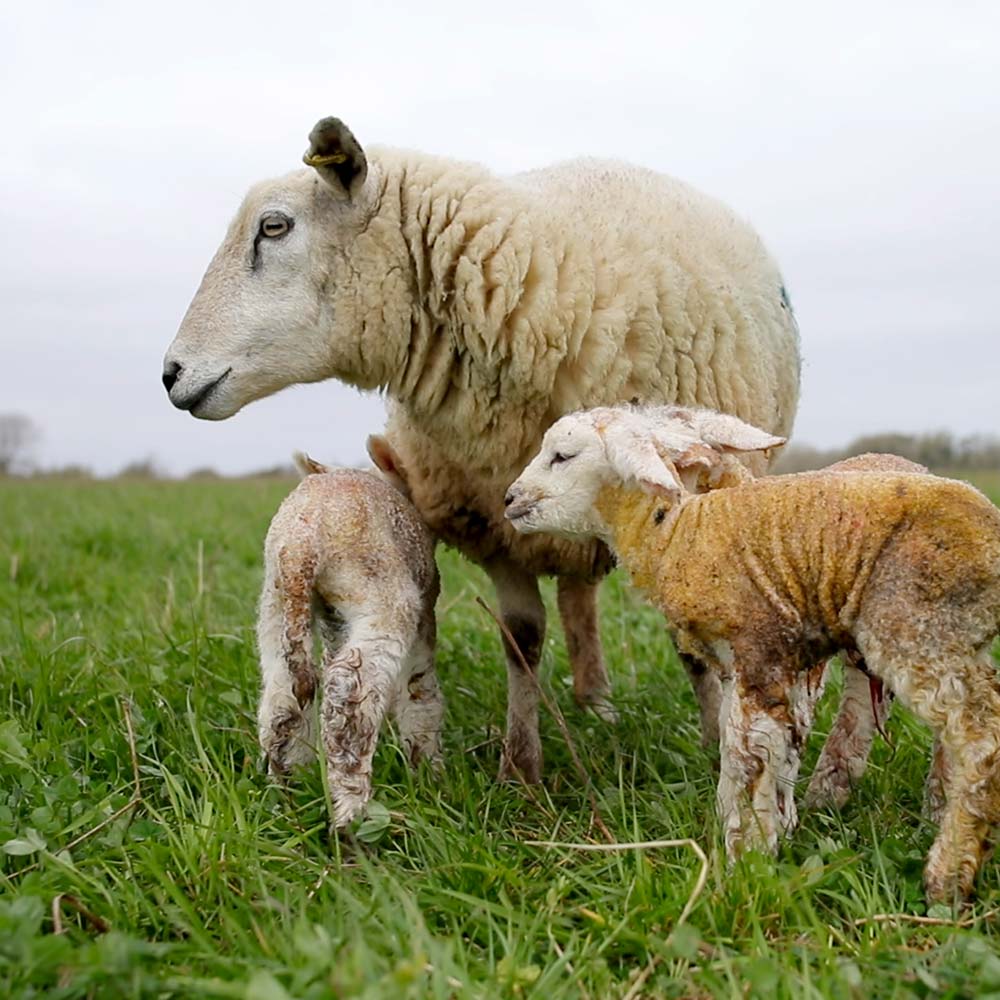“Livestock producers can be part of the solution to produce food sustainably rather than being the problem.” [Rob Hodgkins, sheep farmer, Hereford]
.
Pastoral farming is very much ‘part of the landscape’ of the Sid Valley and Devon: Sheep farming in the Sid Valley – Vision Group for Sidmouth
There’s the question of whether sheep and biodiversity are a good mix: Sheep and trees – Vision Group for Sidmouth and Landscape Recovery: “rewilding landscapes” – Vision Group for Sidmouth
There are similar questions around climate change – with the NFU taking a real interest at its conference: NFU23: Climate friendly farming – NFUonline
Meanwhile, a project in the West of England shows what could be done to reduce emissions:
A pioneering project to breed an ultra-low emission sheep is about to commence on a Herefordshire farm. Sheep breeders Rob and Jo Hodgkins of Kaiapoi Farm will measure emissions from a group of Romney rams and identify those that produce the least methane. The Hodgkins will select the rams with the lowest output and breed from them, creating young stock which should also produce less methane. The project, funded by Innovate UK, builds on work already done on Romney sheep in New Zealand, which demonstrated that methane levels could be a heritable trait in sheep. Farmers to start project aiming to breed low-methane sheep – FarmingUK News
Ross Robertson, head of mixed farming at Agri-EPI Centre said: “Methane emissions from livestock production are an important contributor to climate change, and farmers are under pressure to act. Innovative farmers like Rob and Jo could provide huge benefits to the UK and international sheep sector, and to the pursuit of sustainable food production. Groundbreaking project to breed low-methane sheep – Agri-EPI Centre

Rob from Kaiapoi Farm, said: “This project is great because it demonstrates how livestock producers can be part of the solution to produce food sustainably rather than being the problem. It’s not the whole answer, obviously, but if we can cut methane emissions by 15 per cent without reducing productivity and do so relatively quickly and cheaply, it would go some way.
“A few people are looking at methane reduction in cows, but our sheep-breeding project is unique. Because sheep give birth to only one lamb or set of lambs each year, we need to take a relatively long-term view of the project, but I predict that within ten years, domestic and global commercial interest in low-methane livestock will be very high. By doing the work just now, we will be in a strong position to maintain our commercial advantage.
“We are looking for that needle in the haystack: a low-methane, parasite-resistant sheep with a high growth rate and high lambing rates. As technology demonstrators, the more we breed successfully and test, the more we can determine the efficiencies gained by rearing cross-bred animals on a New Zealand system. There are hundreds of thousands of sheep this could be extended to across the UK.
“In a few years sheep producers will be able to look at what we have done, what we have achieved in terms of methane reduction and, as a breed society, individual or collection of farmers consider this as an avenue that they can go down too.”
The project will also examine increasing meat and wool yield with a view to reducing the amount of carbon produced per kilogramme of meat and wool (1.4kg of wool stores 1kg of carbon). Low-emission sheep breeding project with Romney rams | South West Farmer
Meanwhile, back in NZ, there’s some radical thinking happening: Could ‘rights of nature’ laws help sustainable agriculture? – Sheep Central